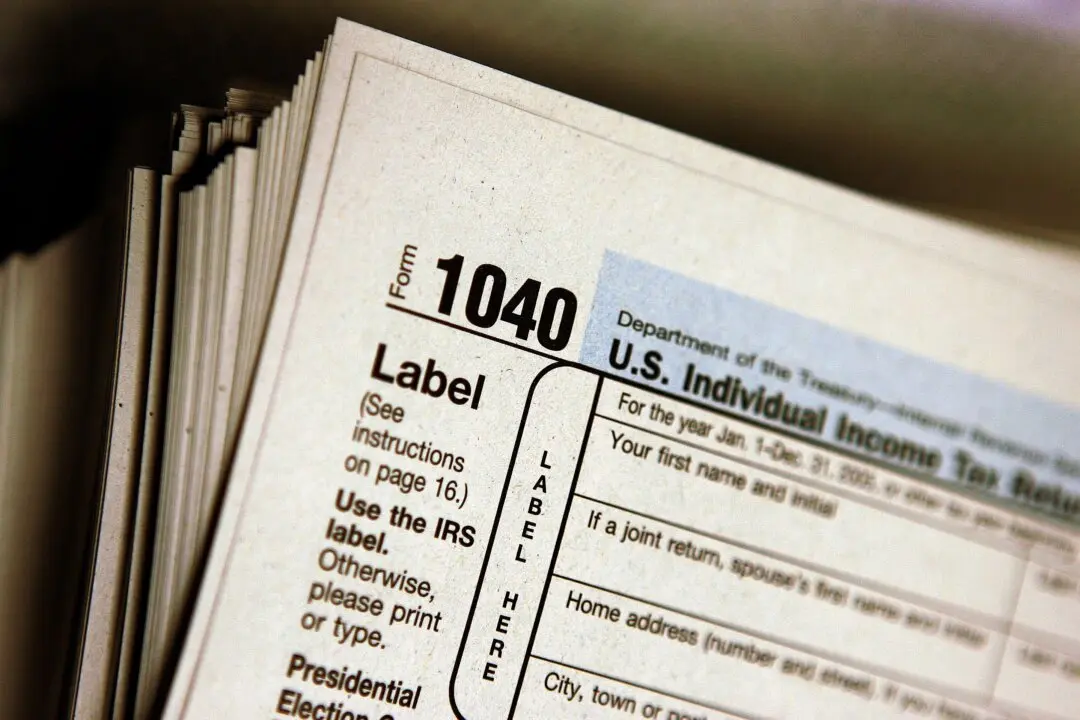A policy group predicted that the cost-of-living adjustment (COLA) for next year’s Social Security payments may be far lower than the past several years—due to inflation.
When inflation goes up, the Social Security Administration uses it to determine the COLA for the forthcoming year. Some economists have predicted the main inflation metric, the consumer price index for urban wage earners, may go down this year due to the recent interest rate hikes issued by the Federal Reserve.





